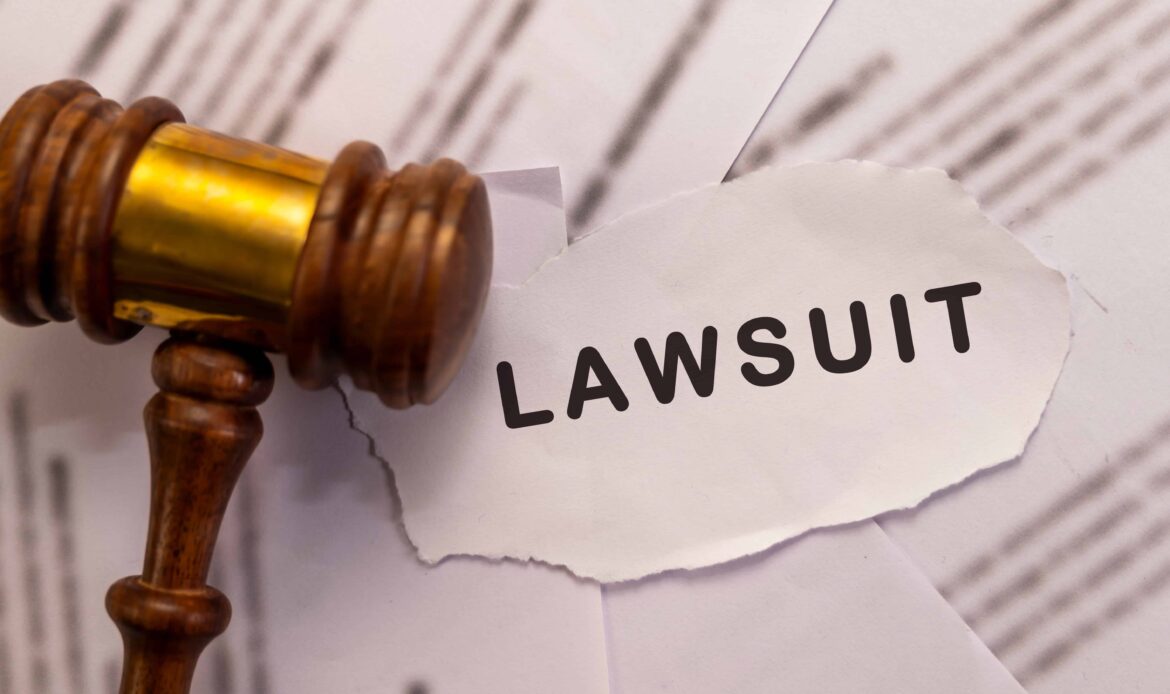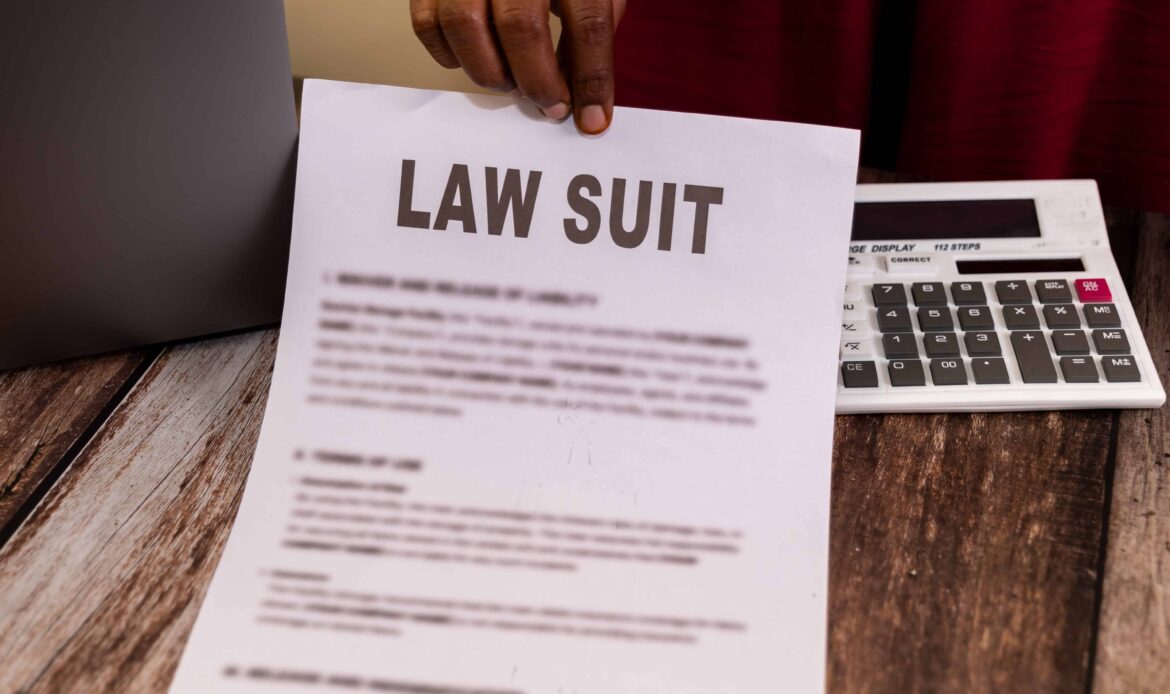Yes, in some situations, you can sue for an old injury, but your ability to do so hinges on a critical legal deadline known as the statute of limitations.
Life doesn’t always follow a neat timeline. An injury from a car wreck years ago might flare up with new, debilitating pain, or a health issue you thought was minor could be revealed as something far more serious. When this happens, it’s natural to wonder if you’ve lost your chance to seek justice and compensation.
The answer isn’t a simple yes or no; it depends on the specific laws in your state, when your injury was truly discovered, and several other important factors that can extend your window for taking legal action.
Key Takeaways about Can You Sue for an Old Injury
- A person’s right to file a lawsuit for an injury is limited by a state-specific deadline called the statute of limitations.
- The “discovery rule” can sometimes extend this deadline, starting the clock when the injury was discovered or reasonably should have been discovered, not on the date of the accident.
- Exceptions, such as the injured person being a minor or mentally incapacitated at the time of the incident, can pause, or “toll,” the statute of limitations.
- Filing a claim for an old injury presents unique challenges, including gathering aged evidence and medically proving the old incident caused the current condition.
- Different types of injuries and defendants, such as government entities, can have different time limits and rules.
Understanding the Clock: What is the Statute of Limitations?
Thinking about whether you can sue for an old injury starts with understanding a legal concept called the statute of limitations. In simple terms, this is a law that sets a strict time limit on your right to file a lawsuit after you’ve been harmed. Once this window closes, you generally lose your right to seek compensation through the court system, no matter how strong your case might be.
These deadlines exist for a few practical reasons. They encourage people to file claims while evidence is still fresh and witnesses’ memories are clear. They also provide a sense of finality for potential defendants, so they don’t have the threat of a lawsuit hanging over their heads forever.
Every state sets its own statutes of limitations, and they vary depending on the type of case. For personal injury claims in the areas we serve, the deadlines are specific:
- Texas: In Texas, the general statute of limitations for personal injury cases is two years from the date the injury occurred.
- Colorado: The rules in Colorado are a bit more layered. The statute of limitations for most general personal injury claims (like a slip and fall) is two years. However, for traffic accidents involving cars, motorcycles, or trucks, the deadline is extended to three years from the date of the crash.
These deadlines seem straightforward, but the key question in cases involving an old injury is often not the length of the deadline, but pinpointing the exact day the clock began to run.
When Does the Clock Actually Start Ticking? The Discovery Rule

The most significant exception to the standard rule is a legal principle called the discovery rule. This rule addresses the fundamental unfairness of a deadline expiring before you even know you have a reason to sue.
The discovery rule states that the statute of limitations clock doesn’t begin ticking on the date of the incident, but rather on the date the injured person knew, or reasonably should have known, that they were injured and that their injury was potentially caused by someone else’s actions.
Imagine you were in a fender-bender on I-35 in Austin. You felt sore but chalked it up to the stress of the event. A year later, you develop severe back pain, and a doctor diagnoses you with a herniated disc directly linked to the trauma from that “minor” crash.
Under the discovery rule, the two-year clock in Texas might start from the date of your diagnosis, not the date of the accident. Similarly, if you slipped on a wet floor in a store in downtown Grand Junction and only developed chronic knee problems months later, your two-year Colorado clock might begin when the problem becomes apparent.
This rule is particularly important for injuries that have delayed symptoms or are not immediately obvious. Some common examples include:
- Traumatic Brain Injuries (TBIs): The cognitive or emotional effects of a concussion or head injury may not surface for weeks or months.
- Internal Organ Damage: An injury to an internal organ might not produce clear symptoms until it has progressed significantly.
- Spinal and Joint Injuries: A back or knee injury can seem minor at first but worsen over time into a chronic, debilitating condition.
- Illnesses from Toxic Exposure: A worker exposed to harmful chemicals on a job site may not develop a related illness for many years.
These situations highlight how the discovery rule can be crucial in preserving a person’s right to seek accountability for their harm.
Are There Other Exceptions That Could Allow Me to Sue for an Old Injury?

Beyond the discovery rule, other circumstances can pause—or toll, the legal term for pausing—the statute of limitations clock. These exceptions recognize that certain situations prevent a person from being able to pursue a legal claim.
Tolling for Minors
If the injured person was a minor (under 18 years old) at the time of the incident, the statute of limitations is typically tolled. The clock does not begin to run until the day they turn 18. This means a person who was injured as a child often has until their 20th birthday in Texas (18 + 2 years) or their 20th/21st birthday in Colorado (18 + 2 or 3 years) to file a lawsuit for that childhood injury. This allows them to make their own legal decisions as an adult.
Tolling for Mental Incapacity
If a person is determined to be of “unsound mind” or is mentally incapacitated at the time of their injury or afterward, the statute of limitations clock may be paused. This could apply to someone who suffered a severe TBI in an accident that left them unable to manage their own affairs, or someone with a pre-existing condition that meets the legal standard for incapacity. The clock may not start until their mental competency is restored.
Fraudulent Concealment
Sometimes, the person or company at fault actively hides their wrongdoing. This is known as fraudulent concealment. If the responsible party took steps to deceive you or prevent you from discovering their negligence, the court may toll the statute of limitations. The clock would only begin once you uncover the concealed information that reveals you have a case. This holds wrongdoers accountable for not just their initial negligence, but also their dishonest actions to cover it up.
The Challenge of Building a Case for an Old Injury

Even if the discovery rule or another exception applies to your situation, pursuing a claim for an old injury comes with a higher degree of difficulty. The passage of time can make it harder to gather the strong evidence needed to build a successful case. The insurance company for the at-fault party will certainly use the delay to question the validity of your claim, arguing that something else could have caused your injury in the intervening years.
Key challenges include:
- Gathering Evidence: Physical evidence from the scene, like a damaged vehicle or a hazardous condition on a property, is likely long gone. The beautiful views from the Colorado National Monument won’t help you recall the exact road conditions from a crash five years ago.
- Fading Memories: The memories of witnesses—and even your own—can become less clear and reliable over time. Key details that could support your case may be forgotten.
- Proving Causation: This is often the biggest hurdle. You must medically prove that the original incident is the direct cause of your current health problems. This requires a clear and documented link, showing that no other intervening event could be responsible for your condition.
To counter these challenges, certain types of evidence become absolutely essential. A strong case for an old injury relies heavily on documentation that can bridge the gap in time.
- Comprehensive Medical Records: Your medical history is the cornerstone of your case. Records from the time of the incident, even for a “minor” check-up, combined with all records showing the progression of your symptoms and eventual diagnosis, create a powerful timeline.
- Testimony from Medical Professionals: A doctor or other medical professional can provide an opinion that, to a reasonable degree of medical certainty, the accident from years ago is the source of your current suffering.
- Personal Documentation: Any journals, emails, or even text messages you sent around the time of the incident mentioning pain or other symptoms can be valuable. This can help show that your issues began back then, even if you didn’t seek immediate, extensive treatment.
- Official Reports: An original police report, a workplace incident report, or a report filed with a store manager can provide a crucial, time-stamped record of the event that caused the harm.
Successfully building a case requires meticulously piecing together this historical record to tell a clear and convincing story.
Suing for an Old Injury FAQs
Here are answers to some common questions people have when dealing with an injury that has surfaced or worsened long after an incident.
Does the statute of limitations apply to workers’ compensation claims in Texas and Colorado?
Yes, but the timelines and rules are very different. In both Texas and Colorado, you must report a workplace injury to your employer very quickly—often within days. The deadlines for formally filing a claim for benefits are also much shorter than the personal injury statute of limitations, typically one to two years. These are separate systems with their own distinct rules.
Can I sue a government entity for an old injury? Are the rules different?
Yes, the rules for suing a government entity (like a city, county, or state) are much stricter. Both Texas and Colorado have Tort Claims Acts that require you to give formal “notice” of your claim much sooner than the standard statute of limitations, sometimes within as little as 182 days. Missing this notice deadline can bar your claim completely.
What happens if the person who injured me has passed away?
If the person responsible for your injury has died, you may still be able to file a lawsuit. The claim would be made against their estate. These cases can be more complex, but the person’s death does not automatically eliminate your right to seek compensation.
How much does it cost to find out if I have a case for an old injury?
Most personal injury law firms offer free initial consultations to review the facts of your case. These firms typically work on a contingency fee basis, which means you pay no attorney’s fees unless they successfully recover money for you.
My doctor initially misdiagnosed my injury. Does that change the timeline?
It might. If a doctor’s failure to correctly diagnose your condition prevented you from knowing the true nature and cause of your injury, the discovery rule could apply. The clock might not start until you receive the correct diagnosis that links your condition to the original incident.
Find Out Where You Stand

The passage of time can complicate any legal matter, but it doesn’t always close the door on justice. If you are living with the pain and financial strain of an injury from an incident that happened months or even years ago, you deserve to know your rights. The insurance giants count on people giving up when a case seems old or difficult. At Slingshot Law, we believe that every person is entitled to a fair fight.
Our purpose is to be the game-changing weapon in your battle. The personal injury attorneys at Slingshot Law built this firm to stand up for individuals against well-funded insurance companies that try to deny fair compensation. We have a great disdain for bullies who take advantage of good people. Don’t decide it’s too late without exploring your options.
Contact us today at (866) 647-1311 or through our online form for a free, no-obligation case review. Let our experienced personal injury team in Austin, Texas, and Grand Junction, Colorado, hear your story and help you understand the path forward.


